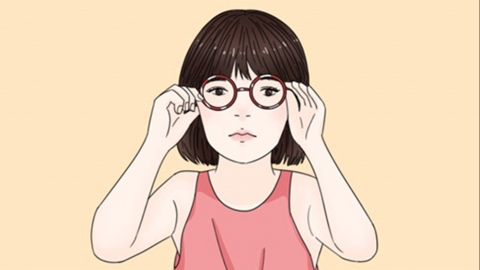How to Correct Esotropia in Children
Esotropia in children may be caused by immature visual development,不良 eye habits, refractive errors, accommodative esotropia, or congenital abnormalities in the development of extraocular muscles. It can usually be improved through corrective lenses, vision therapy, medication, or surgical treatment. If any abnormalities are noticed, timely medical consultation is recommended. Detailed explanations are as follows:

1. Immature Visual Development: During infancy, the visual system is not fully developed, and weak binocular coordination may lead to transient esotropia. As the child grows, visual function gradually matures, and symptoms often resolve spontaneously without special treatment, requiring only regular observation.
2. Poor Eye Habits: Prolonged close-up focus on toys or electronic devices can cause excessive ocular accommodation, leading to esotropia. Close-up eye use should be limited, outdoor activities increased, and children encouraged to look into the distance to develop healthy visual habits.
3. Refractive Errors: High hyperopia or astigmatism in children may cause excessive accommodation to see clearly, inducing esotropia, often accompanied by blurred vision, squinting, or head tilting. Treatment primarily involves cycloplegic refraction followed by wearing appropriate corrective glasses, using atropine sulfate ophthalmic gel as directed to relax accommodation, and supplementing with lutein chewable tablets and vitamin A soft capsules to support eye health.
4. Accommodative Esotropia: Imbalance between accommodation and convergence functions may cause excessive convergence when viewing near objects, resulting in esotropia, often accompanied by visual fatigue and double vision. Doctors generally recommend wearing corrective lenses, and, if necessary, using dl-anisodine eye drops to relax accommodation, along with convergence training and other forms of visual therapy.
5. Congenital Abnormalities of Extraocular Muscles: Abnormal attachment points or imbalanced strength of extraocular muscles can cause inward deviation of the eye, detectable at birth or during early childhood, often accompanied by delayed visual development or amblyopia. It is recommended to first undergo amblyopia treatment under medical guidance, such as cycloplegic examination using tropicamide compound eye drops combined with occlusion therapy. Once vision improves, surgical correction of extraocular muscles may be performed.
In daily life, children should undergo regular vision check-ups to detect and address eye problems promptly. Prolonged close-up eye use should be avoided, and sufficient outdoor activity time ensured to promote healthy visual development. If symptoms of esotropia persist or worsen or are accompanied by other abnormalities, timely medical consultation is advised.







